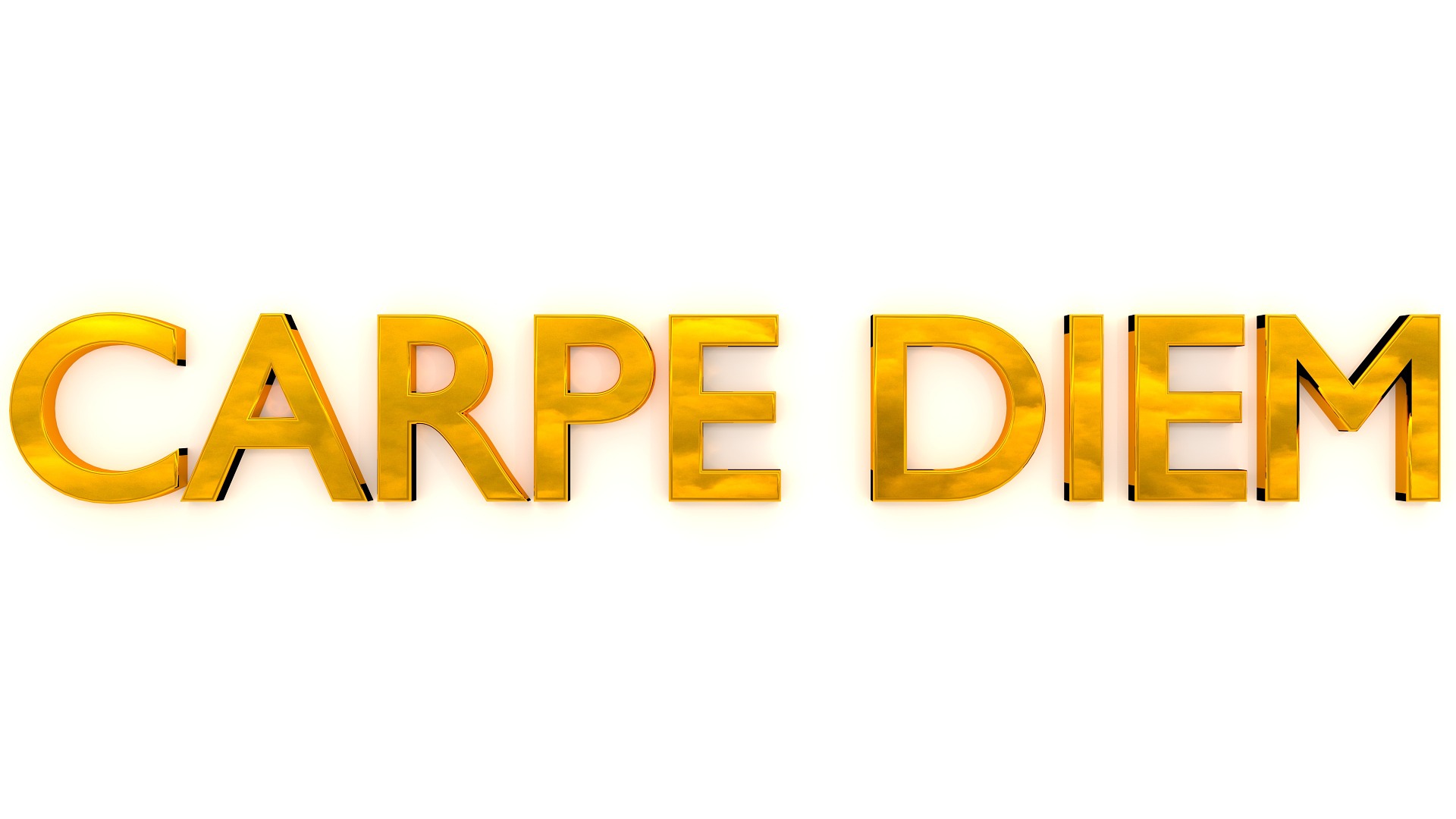Newsjacking is a powerful tactic for marketing and public relations. It involves capitalizing on current events and trending news stories to promote or offer comment from a brand, product, or service. Given the ever-evolving digital landscape, keeping up with current events is not just important, but imperative for businesses that want to stay relevant and engage their most important audiences. A swift and reactive response to news lets brands insert themselves into ongoing conversations, offering timely and relevant insights.
As B2B PR specialists, our team has helped adtech, data and cybersecurity brands like SOCi, MediaRadar, Lotame, National Cybersecurity Alliance (NCA), and Digital Remedy seize news opportunities. With fast response, they’ve aligned their messages with the latest news, driving engagement and amplifying their brand presence.
The Art of Newsjacking: Balance Speed with Care
The essence of newsjacking lies in timely, relevant responses that connect a brand with current events. Swift reactions are key, given the speed of the news cycle.
However, caution is crucial. Mishandled timing or execution can damage a brand’s image. Avoid jumping on sensitive issues in a way that can be seen as exploitive. Add something meaningful to the public dialogue.
SOCi’s Threads Launch Commentary
When Instagram unveiled “Threads,” Meta’s equivalent to Twitter, it created a social media frenzy. This presented a prime newsjacking opportunity for SOCi, a marketing platform for multi-location brands across online platforms. SOCi offered insights on Threads’ implications for social media marketing, showcasing their expertise and thought leadership.
Their commentary not only addressed the new aboit Threads, but also provided actionable tips that resonated with industry professionals. SOCi’s approach garnered coverage in Adweek and Gizmodo, establishing their authority in the field.
MediaRadar’s CNN Ad Spend Insight
Following Chris Licht’s departure from CNN, advertising intelligence company MediaRadar analyzed ad spend data for the network. They found a striking decline of nearly 40% in CNN’s ad revenue, capturing significant attention within the media and advertising industry. The news shed light on possible hurdles in the network’s advertising approach.
With our help, MediaRadar was able to seize the opportunity for media coverage. Their findings attracted widespread media coverage from CNBC, Forbes, Yahoo, and others, generating 7.8 billion impressions across nearly 20 pieces of coverage. They not only increased brand visibility but also reinforced their credibility as the go-to choice for advertisers and marketers seeking insights about advertising trends.
Lotame’s Take on the Impact of the Writers’ Strike
As the writers’ strike dragged on, it presented an ideal newsjacking opportunity for companies in ad-supported entertainment content. Lotame, a leading data solutions provider for connected TV (CTV) advertising, recognized the relevance of the strike and offered insights into how it might affect the TV industry and its viewers’ habits. Lotame’s commentary resonated with industry professionals and consumers, establishing them as CTV experts. Their insights were featured in respected publications like Digiday and The Drum. This successful newsjacking effort elevated Lotame’s brand visibility and bolstered their reputation as knowledgeable about the changing CTV landscape, benefiting both their stature and business.
NCA Educates after the MGM Casino Hack
The recent cyberattack on MGM Casino underscored the persistent threat of cybercrime. The National Cybersecurity Alliance (NCA) responded by emphasizing the need for increased employee training to deal with the human element involved in many cyber threats.
NCA’s commentary stressed that even robust cybersecurity measures can falter without well-trained employees. Their insights gained significant media coverage and interest, including AP, NBC Las Vegas, and Thrillist. The response underscored the organization’s role in dispensing useful and credible information about cybersecurity.
Digital Remedy’s Insights on Nielsen/Amazon Controversy
When Nielsen decided to exclude Amazon’s data from its Thursday night football ratings, it triggered discussion about measurement accuracy and the value of first-party data in media measurement. Digital Remedy, a digital advertising and media solutions expert, recognized the significance of the clash between traditional measurement and digital platforms.
Digital Remedy provided astute commentary on the implications of Nielsen’s decision. Their insights, focusing on the potential impact on measurement accuracy and the importance of first-party data in advertising, resonated with industry professionals. Their perspective was featured through an interview with Ad Age and coverage in The Current. This successful newsjacking effort boosted their brand visibility and positioned them as industry thought leaders on media measurement, ultimately enhancing their industry reputation and relevance.
These are just a few examples of newsjacking that illustrate the power of timely and relevant responses to current events. When executed adeptly, newsjacking can significantly enhance brand visibility and credibility. Brands should actively seek newsjacking opportunities, leveraging them to establish thought leadership and foster meaningful connections with their audience in today’s media landscape.
____________________________________________________________________________
Explore further insights on successful newsjacking by delving into the comprehensive ebook we have developed based on our successful experiences in newsjacking. This valuable resource delves deep into the convergence of newsjacking and cancel culture, offering a thorough examination of its potential advantages and drawbacks. Within this ebook, individuals and organizations can gain invaluable guidance on navigating this ever-evolving landscape effectively.
Download our ebook to learn about the core principles of ethical newsjacking, self-assessment to determine readiness, and proven strategies to achieve success by responding to breaking news. It will equip you with the knowledge and tools needed to harness the power of newsjacking in today’s dynamic media environment.









